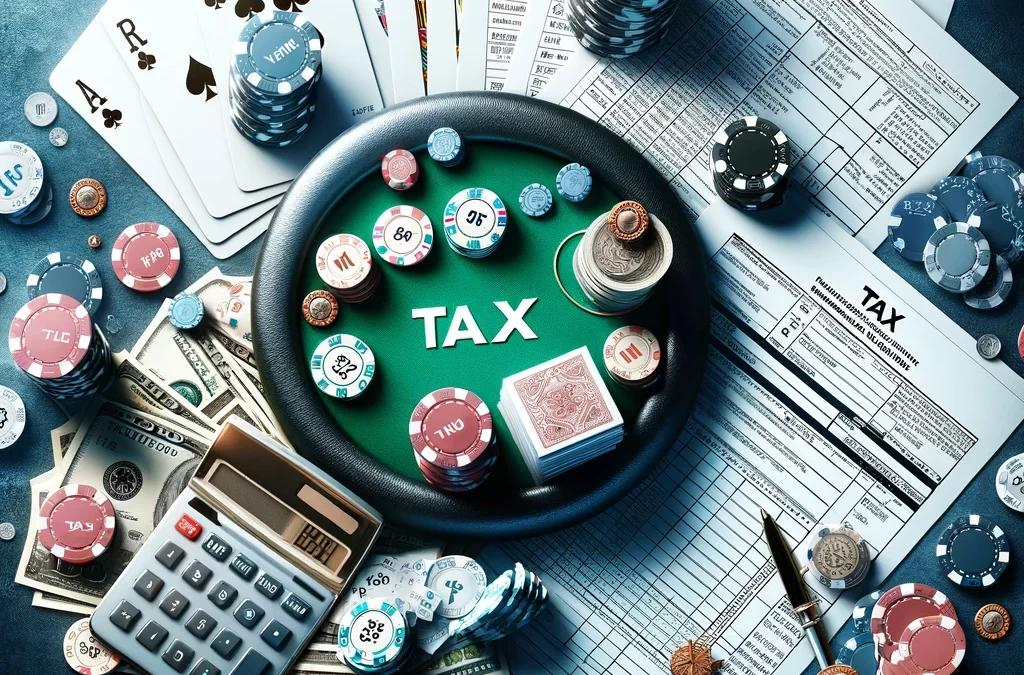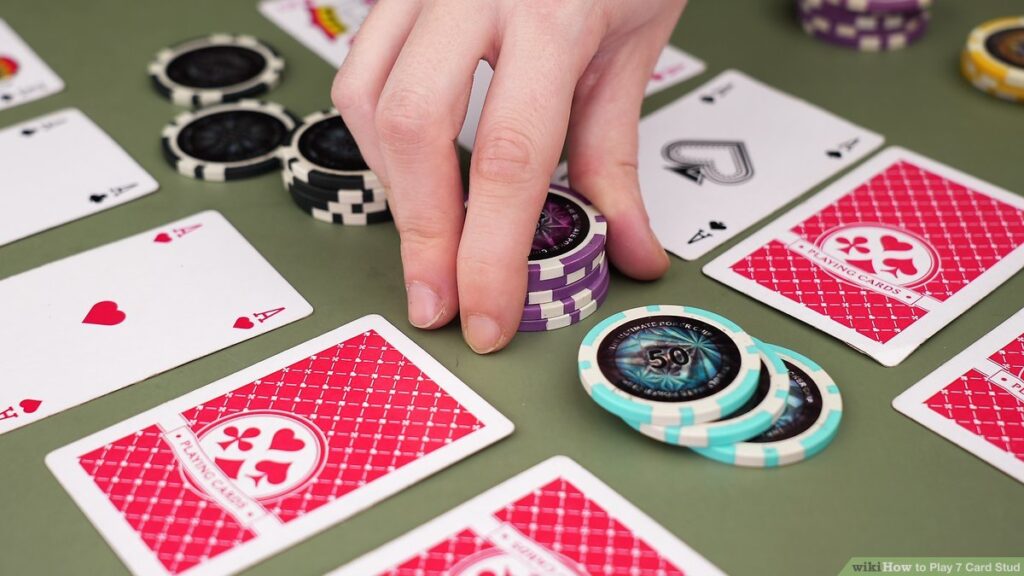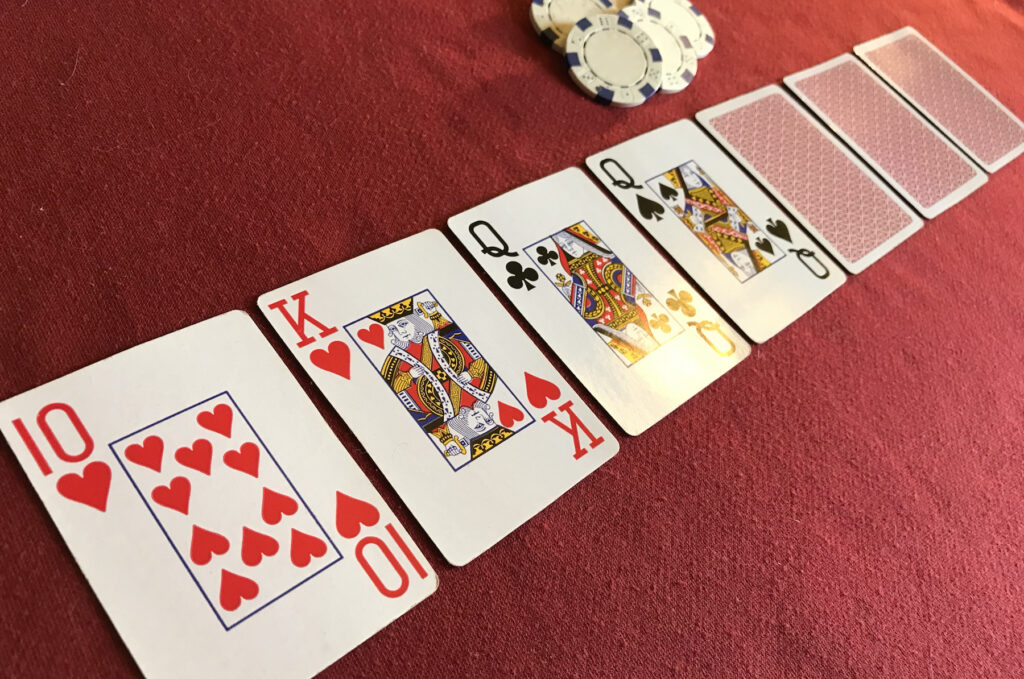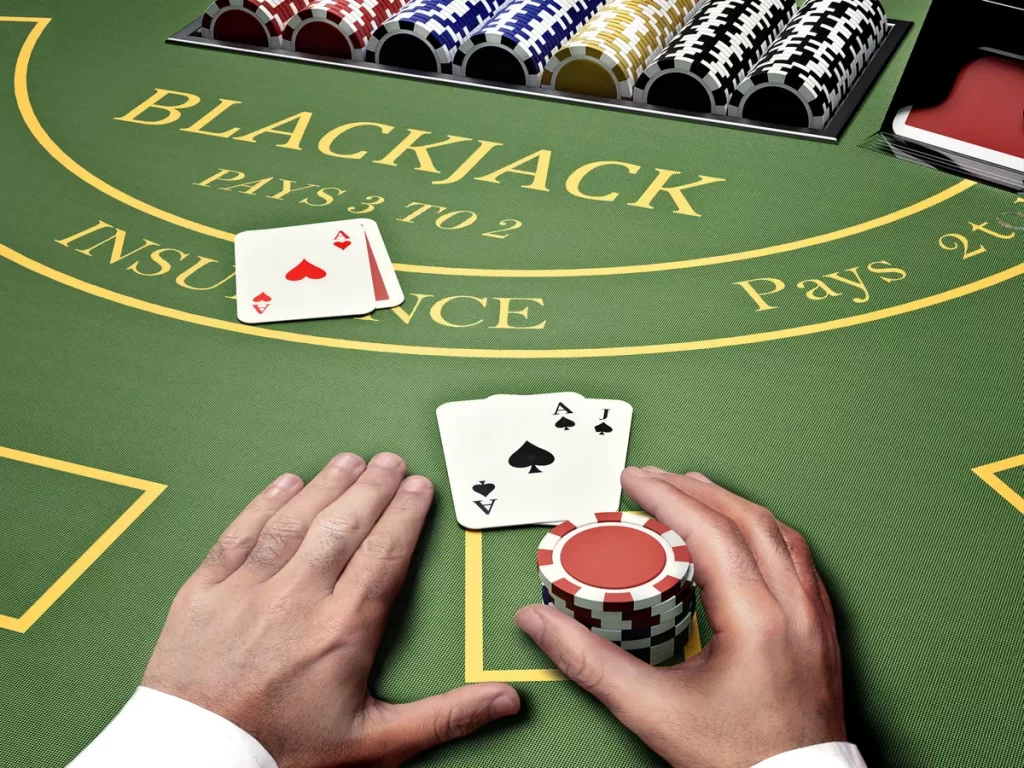Whether you’re a seasoned poker enthusiast or a casual observer of the game, you’ve likely noticed that Texas poker reigns supreme within the high-stakes world. Many of the biggest names in poker, such as Doyle Brunson, Daniel Negreanu, and Phil Ivey, have made their mark specializing in this variant. But what makes Texas hold’em the go-to choice for the poker elite?

The Ultimate Test of Skill
At its core, this is a game that requires a potent mix of strategy, psychological insight, and an innate understanding of probabilities. Beyond the basic need to understand your hand’s relative strength, high-level play requires players to analyze opponents’ behaviors, successfully bluff, and develop a table image. This high skill ceiling attracts players who want to challenge themselves at the highest level and compete against the best.
Global Popularity and Wealth of Opportunities
This poker game became a televised sensation in the early 2000s, catapulting it to global popularity. This exposure led to a surge in interest and participation in the game, resulting in a significant increase in competitive tournaments and, consequently, potential earnings. Nowadays, the most lucrative tournaments, like the World Series of Poker (WSOP) Main Event, are invariably popular poker events.
Access to High-Stakes Games
To be a big-name player, participation in high-stakes games is crucial, not only to gain experience and refine skills but also to amass substantial winnings. Due to its popularity, this has a wealth of high-stakes games available in casinos worldwide and online. This accessibility enables elite players to steadily compete and elevate their status in the poker world.
Thriving Online Scene
The rise of online poker has solidified its position in the poker world. Its rules are easy to understand, and the pace of play suits the digital format well—factors that attract both new players and seasoned pros. In addition, the abundance of online poker games allows professional players to participate in several games simultaneously, maximizing their earning potential.
Strategic Depth and Varying Dynamics
This poker game offers a dynamic range of gameplay with its strategic depth. Depending on the number of players, stack sizes, position at the table, and individual play styles, no two games are ever the same. The game is constantly evolving, too, with new strategies and play styles emerging, keeping it fresh and challenging for professional players.
Becoming a Master of the Mind Game
Lastly, Texas hold’em is as much about the cards as it is about the players. High-level poker games involve a lot of psychological warfare—from bluffing a weak hand, spotting opponents’ tells, to manipulating table images. Poker’s top players are very adept at these mind games and apply these tactics to gain the upper hand.







